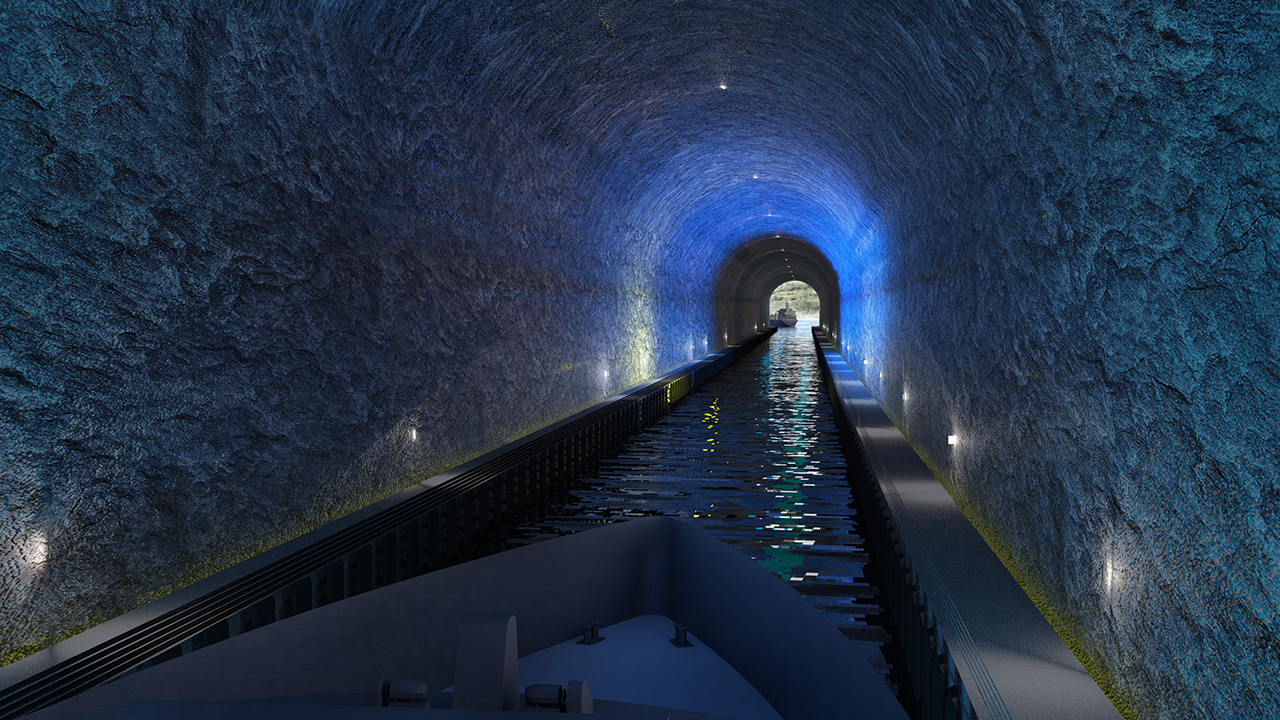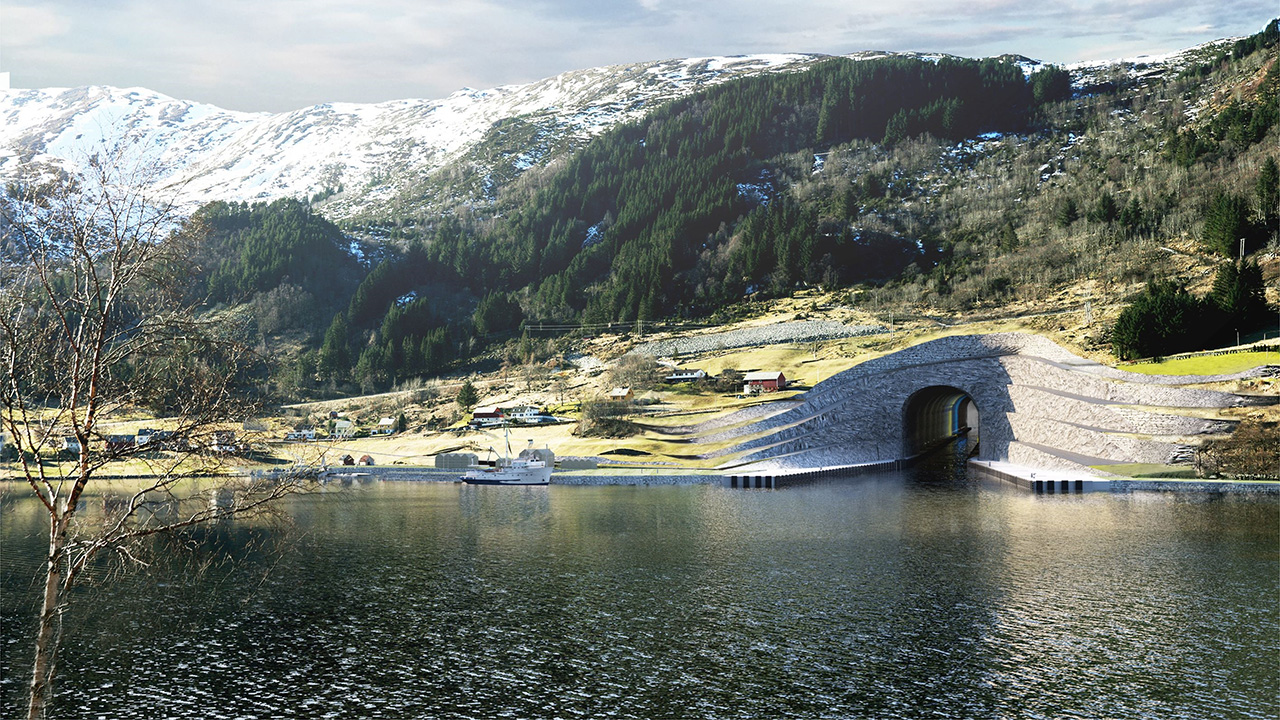
Norway plans to build the world’s first tunnel for ships, that will allow vessels to bypass a dangerous part of the sea along Norway’s coast.
The Stad Ship Tunnel is planned to be located at the narrowest point of the Stadlandet peninsula. Burrowing through a rocky piece of the land, it will create a 5,577 feet (1,700 meters) long passageway, capable of accommodating cruise and freight ships weighing up to 16,000 tons.
The tunnel will measure at 121 feet (37 meters) tall and 118 feet (36 meters) wide and is estimated to cost at least NOK 2.7 billion (USD 314 million / GBP 250 million). According to NBC News, project manager Terje Andreassen said engineers would have to blast out an estimated eight million tons of rock to build the tunnel. Construction is expected to start in 2019 for it to be opened in 2023.
The sea around the Stad peninsula is known for its dangerous seas and for decades has been considered an obstacle for shipping.
According to The Guardian, Norway’s transport minister, Ketil Solvik-Olsen, said that sea currents and underwater topography in the country’s south-western coast “result in particularly complex wave conditions”. Plans for a ship tunnel in Stad had been floated over the years, but now a project with financing was ready, he said. Solvik-Olsen also added that travel time between Norwegian cities and towns in the area would be reduced.

Once the tunnel is open, under the current plan, commercial traffic will be given priority with leisure boats and other vessels also being able to use the tunnel. Vessels measuring less than 70 meters (230 feet) will have free passage.
Traffic control for the tunnel has been likened to planes at an airport, whereby vessels will be given timeslots from a traffic center to avoid congestion.






